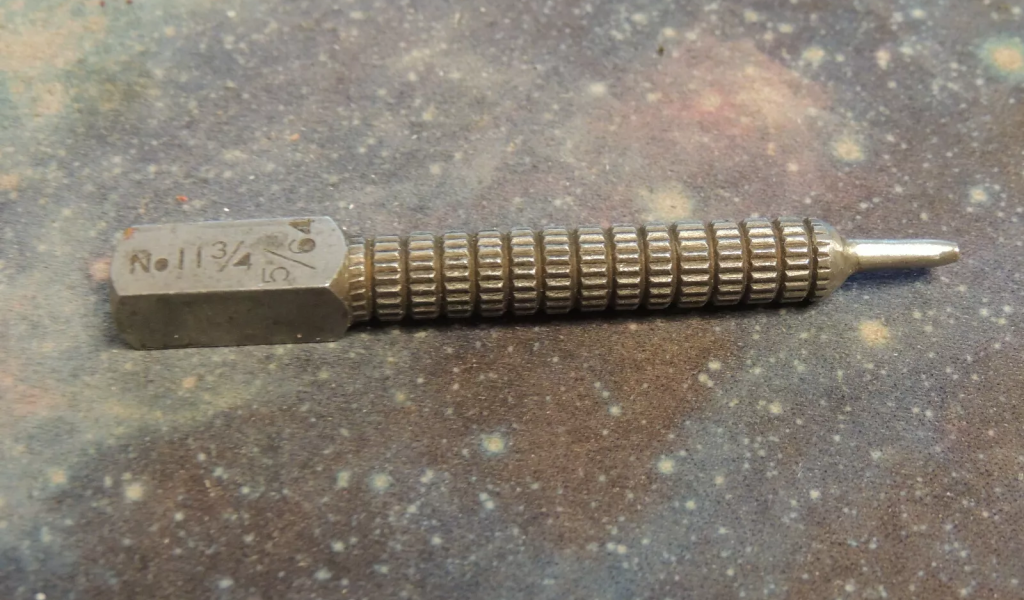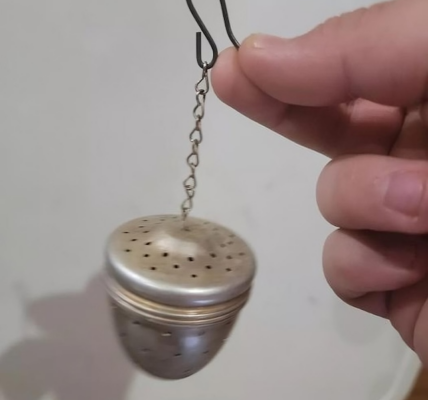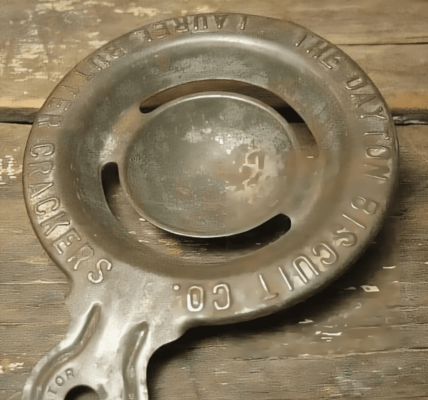When it comes to woodworking, having the right tools can make all the difference. One tool that has stood the test of time is the vintage nail punch. This unassuming instrument is crucial for achieving clean, professional finishes by sinking nails below the wood’s surface. Let’s explore the historical significance, practical applications, and enduring legacy of the vintage nail punch.
A Brief History of the Nail Punch
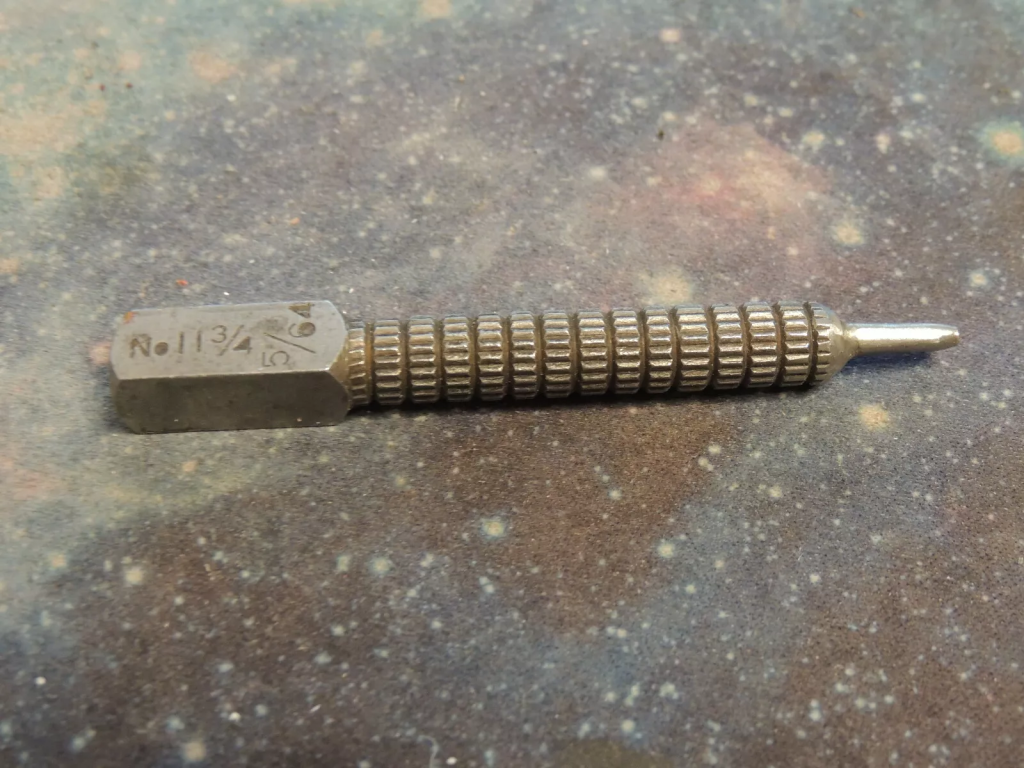
The nail punch has roots that stretch back to the early days of carpentry. In those times, when craftsmen built intricate wooden structures, they needed a tool that could drive nails without damaging the wood. Originally, blacksmiths hand-forged nail punches from strong metals, ensuring durability and effectiveness.
With the onset of the 19th-century industrial revolution, the mass production of tools made nail punches accessible to both professional tradesmen and enthusiastic hobbyists. This increased availability allowed more people to appreciate the art of woodworking and the importance of quality finishing techniques.
How to Use a Vintage Nail Punch Effectively
Understanding how to use a vintage nail punch can elevate your woodworking projects. Here’s a step-by-step guide to its key applications:
Driving Nails Below the Surface
After hammering a nail partway into the wood, place the nail punch on the head of the nail. With a few gentle taps, the punch will drive the nail head below the wood’s surface. This technique prevents any splitting or surface damage, ensuring a flawless finish.
Finishing Work
Once the nails are sunken, it’s time to fill and sand the holes. Use a wood filler to create a smooth, seamless appearance that blends with the surrounding surface. Sanding afterward will enhance the overall finish, making your work look polished and professional.
Delicate Work
For softwoods or fine materials, the vintage nail punch is invaluable. It allows you to avoid the unsightly marks that can occur from hammer strikes. This precision is especially important in delicate projects where aesthetics matter, ensuring that every detail is perfect.
The Enduring Legacy of the Vintage Nail Punch
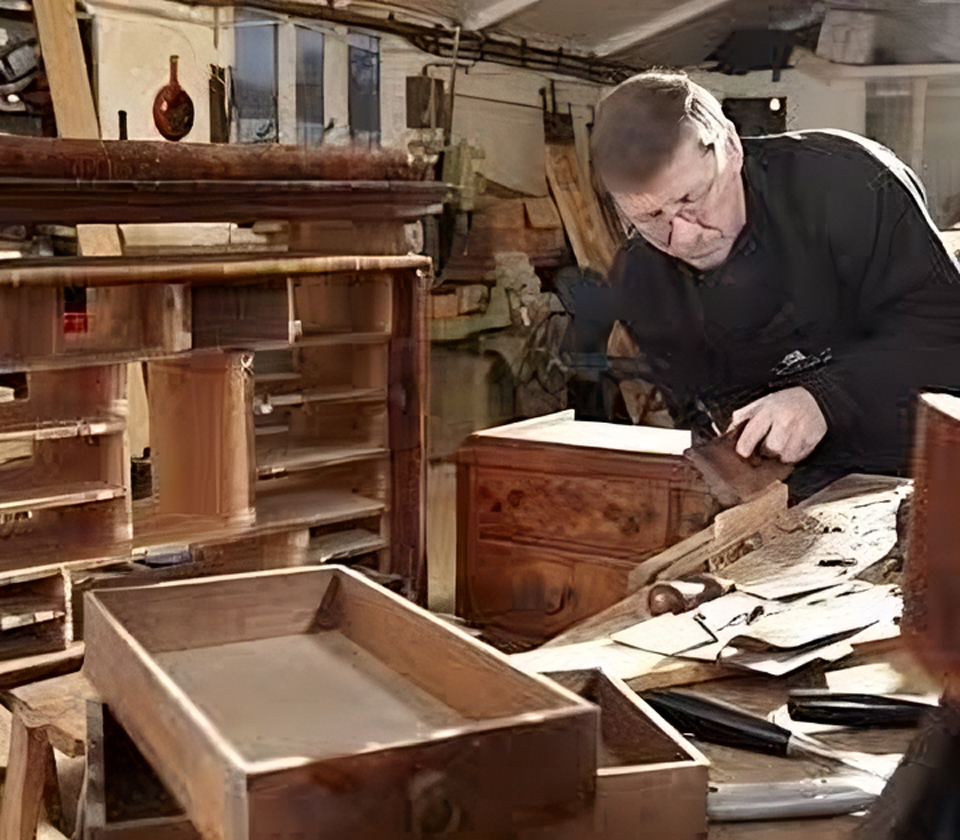
Even with the advent of modern tools, the vintage nail punch remains a staple in woodworking. Its simple yet effective design continues to be appreciated by both professionals and enthusiasts. Antique collectors often seek out vintage nail punches, not only for their functionality but also for their craftsmanship and historical significance.
The nail punch serves as a reminder of a time when attention to detail was paramount. It embodies the old-world precision and skill that many woodworkers still aspire to today. Whether in active use or displayed in a collection, the vintage nail punch holds a respected place in woodworking history.
Why Every Woodworker Needs a Vintage Nail Punch
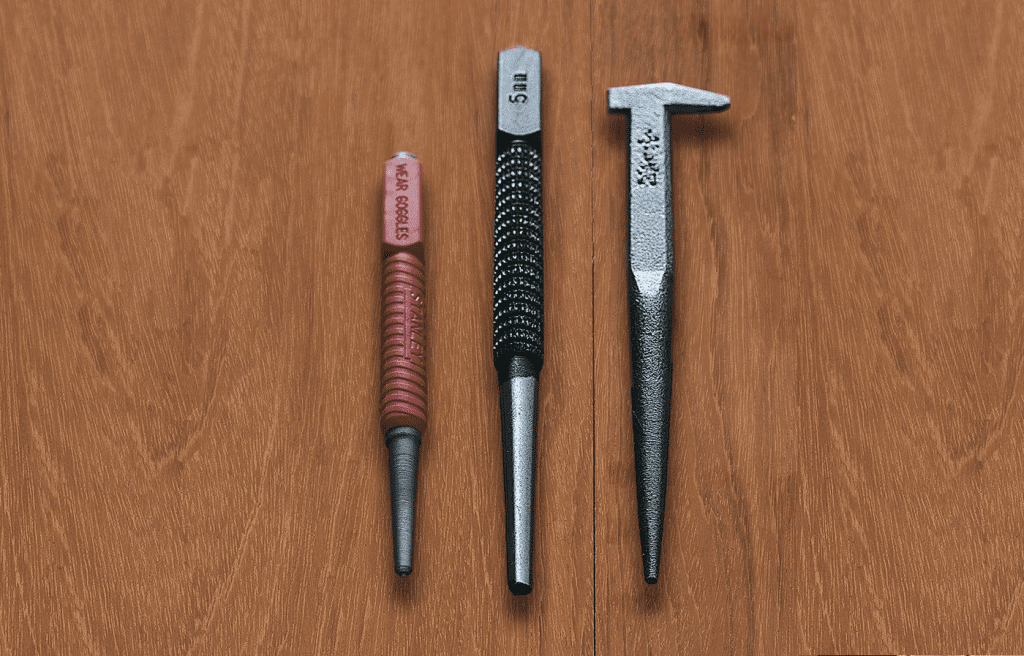
In a world filled with high-tech tools, the vintage nail punch stands out for its practicality and reliability. Here are a few reasons why it deserves a spot in your toolkit:
- Versatility: Suitable for various types of wood, the nail punch is essential for both finishing and delicate work.
- Cost-Effective: Vintage nail punches are often affordable and provide great value for the quality they offer.
- Craftsmanship: Many vintage punches showcase beautiful workmanship that modern tools often lack.
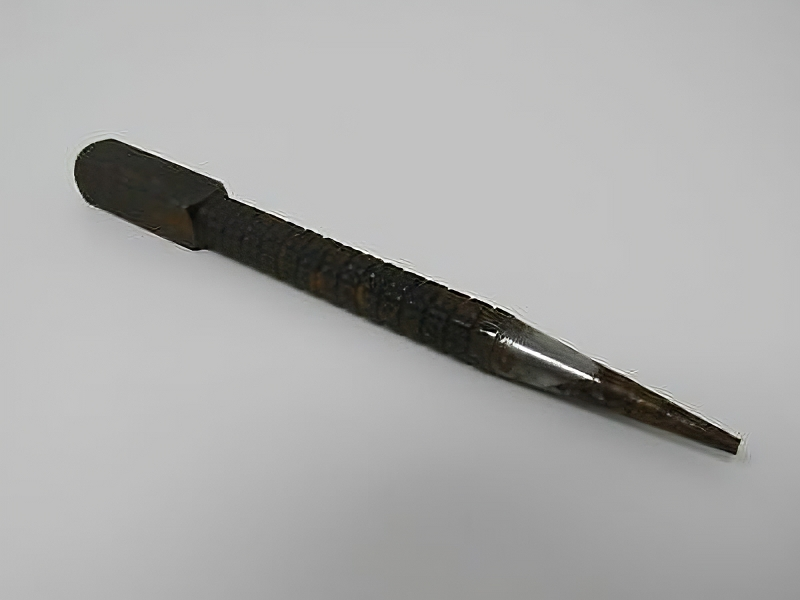
The vintage nail punch is more than just a tool; it’s a symbol of craftsmanship and attention to detail. Its ability to provide smooth finishes has made it a beloved asset in both modern and vintage woodworking. Whether you actively use it in your projects or cherish it as part of a collection, the nail punch deserves recognition for its role in woodworking history. So, the next time you’re at a flea market or antique shop, keep an eye out for this timeless tool—you might just find a treasure that enhances your woodworking journey!
